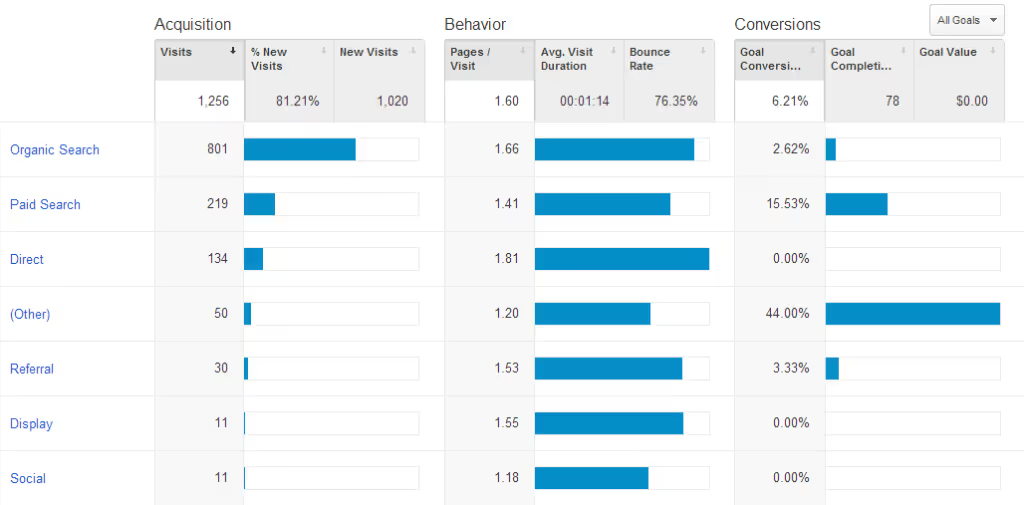
Let me start with a bold statement: Traffic is traffic. Whether it's paid for or free, it's still traffic. And, at the end of the day, what really matters is qualified traffic.
You can get a lot of traffic that is not relevant, but it won't do you any good if it doesn't convert into leads or sales. There are exceptions, of course, such as with publishing businesses that rely on advertising. However, if you use your website to generate leads or online orders, you need qualified traffic.
Lesson #1: Qualified traffic is key.
Over the years, I have seen an increasing number of e-commerce store owners who are obsessed with finding a way to generate free traffic. They have "Magic Bullet" expectations that sound like: Free SEO Traffic! Free Social Media Traffic! etc.
“Let me tell you the hard truth: there is no free traffic.
— Tom Bukevicius
Neither SEO nor social media traffic is free. You don't have to pay for each visitor that finds their way to your online store; however, you do have to invest time and resources to get this traffic in the first place.
When you calculate the cost of traffic, you can estimate it using this formula:
“Hours spent x Resource hourly rate ÷ Traffic = Cost per visitor
For example, if you hired a social media consultant to manage your Facebook, Instagram and Twitter accounts 20 hours a month for $100/hour, and they will deliver an additional 100 visitors per month, you are essentially paying $20 per additional visitor (20 hours x $100/hour ÷ 100 visitors).
Lesson #2: There is no free traffic.
There are a lot of different sources through which site traffic is generated. The seven most common are:
Here is an example of various traffic sources on the website.

Lesson #3: Be familiar with the traffic sources and master the ones that appeal to you.
The best way to evaluate the value of your traffic is to look at both the quantity and the quality. Here's what I mean:
When looking at your traffic, you have to consider at both factors. Here's an example of the stats for one of the websites we work with:

This store is getting more organic than paid search traffic. However, less of that traffic is resulting into leads. When you look at the paid traffic, you see that we have lower quantity but higher quality. The conversion rate for the paid search traffic is 15 percent.
Lesson #4: Pay attention to both the quantity and the quality of traffic.
Don't rely on only one traffic source. That strategy is extremely risky and not very effective. Here’s why.
Let's say you rely solely on organic search traffic. Any change to Google's search algorithm can pose a significant risk for your business. Traffic to your company’s website may go up or down, and you will not be able to control the results. Relying on at least two or three traffic channels will give you a safety-cushion to fall back on if anything happens with one of the channels you rely on.
The other issue is effectiveness. You have to know which traffic channels are working for your business. For example, the company cited above proved very successful with PPC advertising; however, Social Media did not result in any leads. Without testing the different channels individually, you will never know what is working best for your business.
Lesson #5: Diversify and master two or three marketing channels.
There are many website traffic channels available. However, you must focus your attention on more than one, but fewer than seven. Master two or three and measure everything. This will give you enough diversification and will enable you to determine the effectiveness of each strategy. Finally, don't forget that there is no such thing as free traffic!